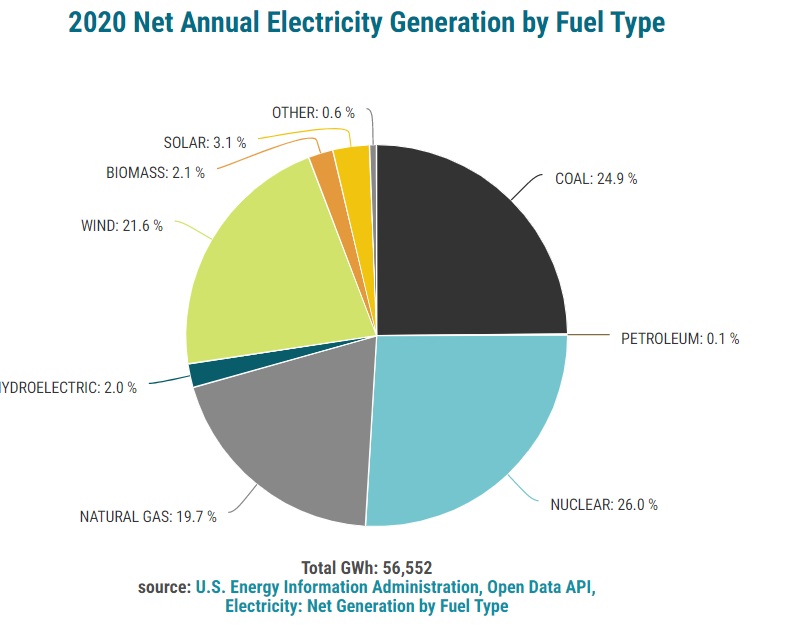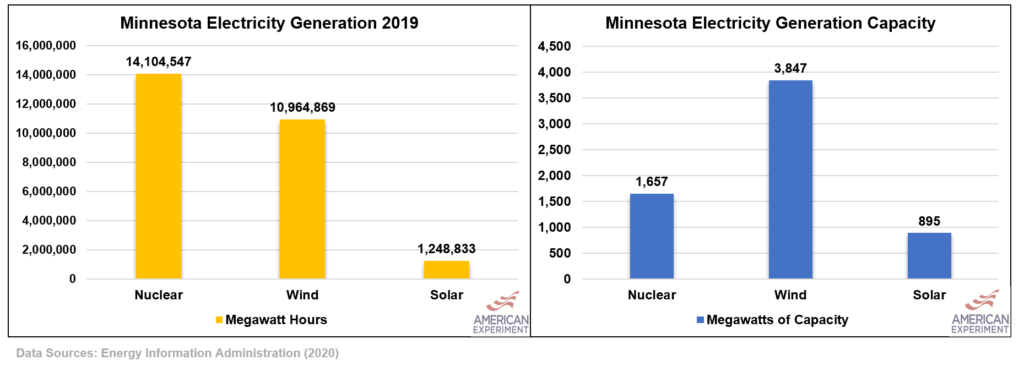All but two DFL Senators vote against legalizing new nuclear power
Earlier this week, the Minnesota State Senate moved forward to legalize the construction of new nuclear power plants in the state by including it in an omnibus bill for further consideration.
This policy decision should have had broad bipartisan appeal because it legalizes the technology that currently produces more emissions-free power than wind and solar combined.

Ironically, it was Senate DFLers, many of whom claim to believe that climate change is an existential crisis, who were the most vehemently opposed to the #legalizeit movement.
An amendment to keep nuclear plants illegal was brought forward by Senator Torres Ray (DFL-Minneapolis), with many DFL Senators speaking in favor of keeping this source of reliable, carbon-free energy off-limits.
Among the DFL caucus, just two senators-Senator Klein, and Senator Newton- voted to remove Minnesota’s moratorium on new nuclear plants. Senator Abeler was the lone Republican to vote for leaving the moratorium in place.

The votes are indicative of a larger problem with energy policy in the United States. Lawmakers who claim to care the most about the environment and climate change refuse to legalize the technologies that actually work, nuclear and large hydro, to signal their virtue supporting energy sources that don’t work, wind and solar.
This dynamic is highlighted in the graphs below. The graph on the left shows electricity generation from nuclear power, wind, and solar. The graph on the right shows the installed capacity of nuclear, wind, solar in our state.

The graphs show that Minnesota has 2.3 times more wind capacity than nuclear capacity, yet wind still produces far less electricity than the state’s nuclear plants. If Minnesota had built 3,847 MW of new nuclear power plants instead of wind turbines, these plants would have generated 31 million MWh of electricity in 2019, or three times more electricity than wind generated.
Had Minnesota built this nuclear capacity, nuclear would have generated 45 million megawatt-hours of electricity in 2019, making our state 81 percent carbon free instead of the 54.8 percent achieved in 2021.
It’s also important to note that wind turbines only last for twenty years, whereas nuclear plants can operate for up to 80 years. This means the “sustainable” wind turbines will need to be replaced four times and their blades shipped to landfills to equal the one lifespan of a nuclear power plant.
It’s impossible to take liberal politicians seriously when they claim to worry about the planet’s future when they vote against reliable, carbon-free sources of energy. It’s also amusing that the same lawmakers who uncritically expect magical battery technology to be viable can’t bring themselves to consider that technology that already exists is worth pursuing.